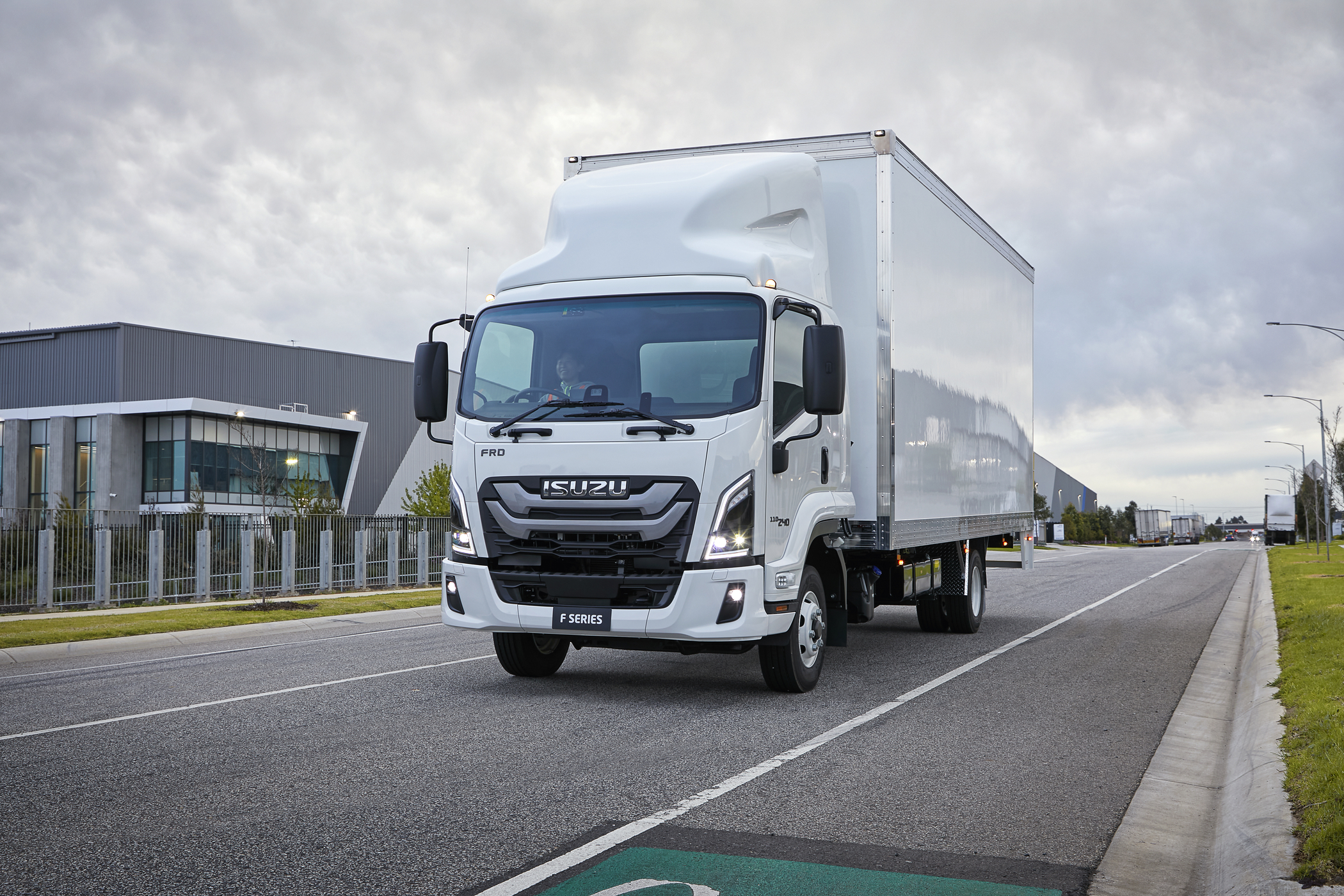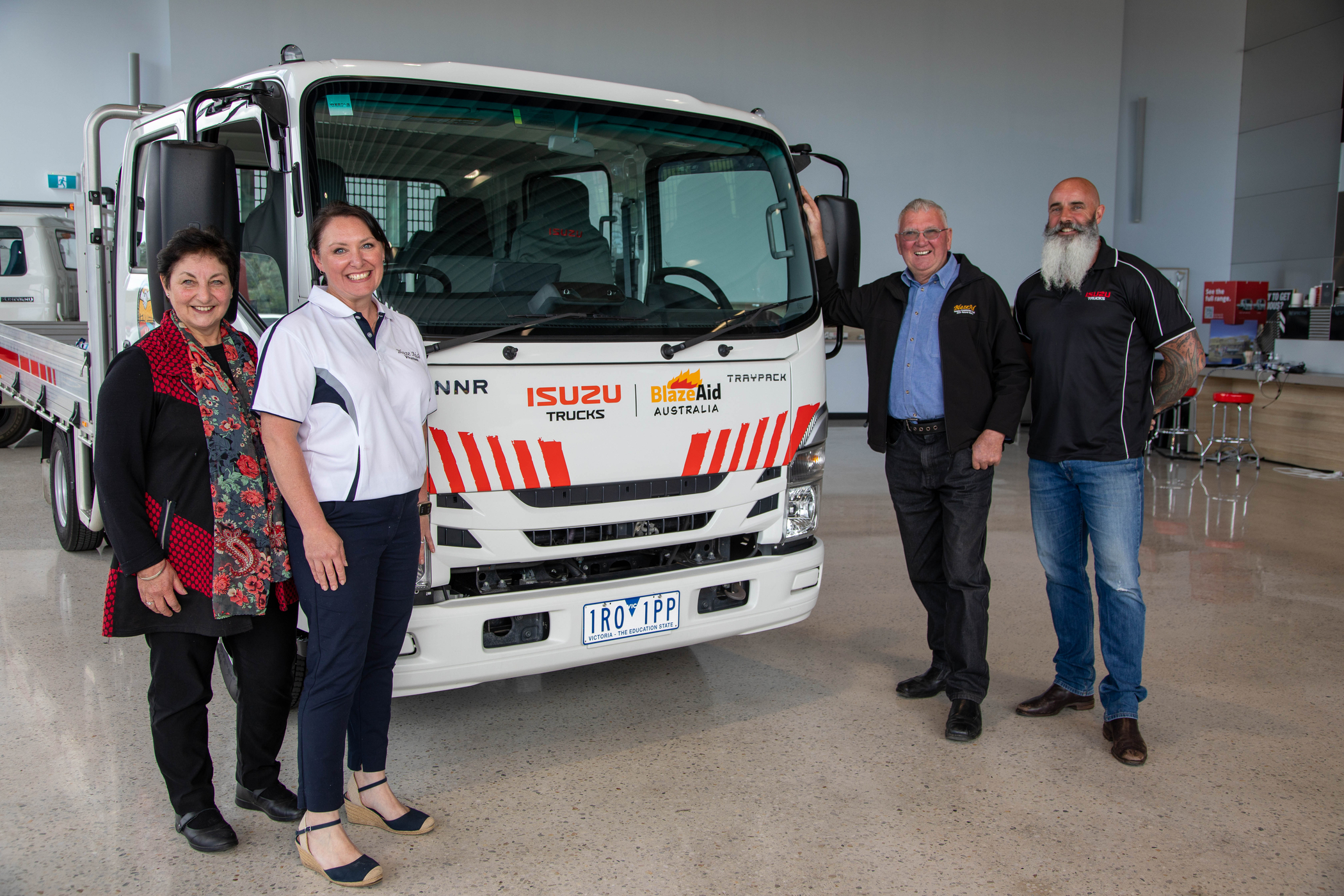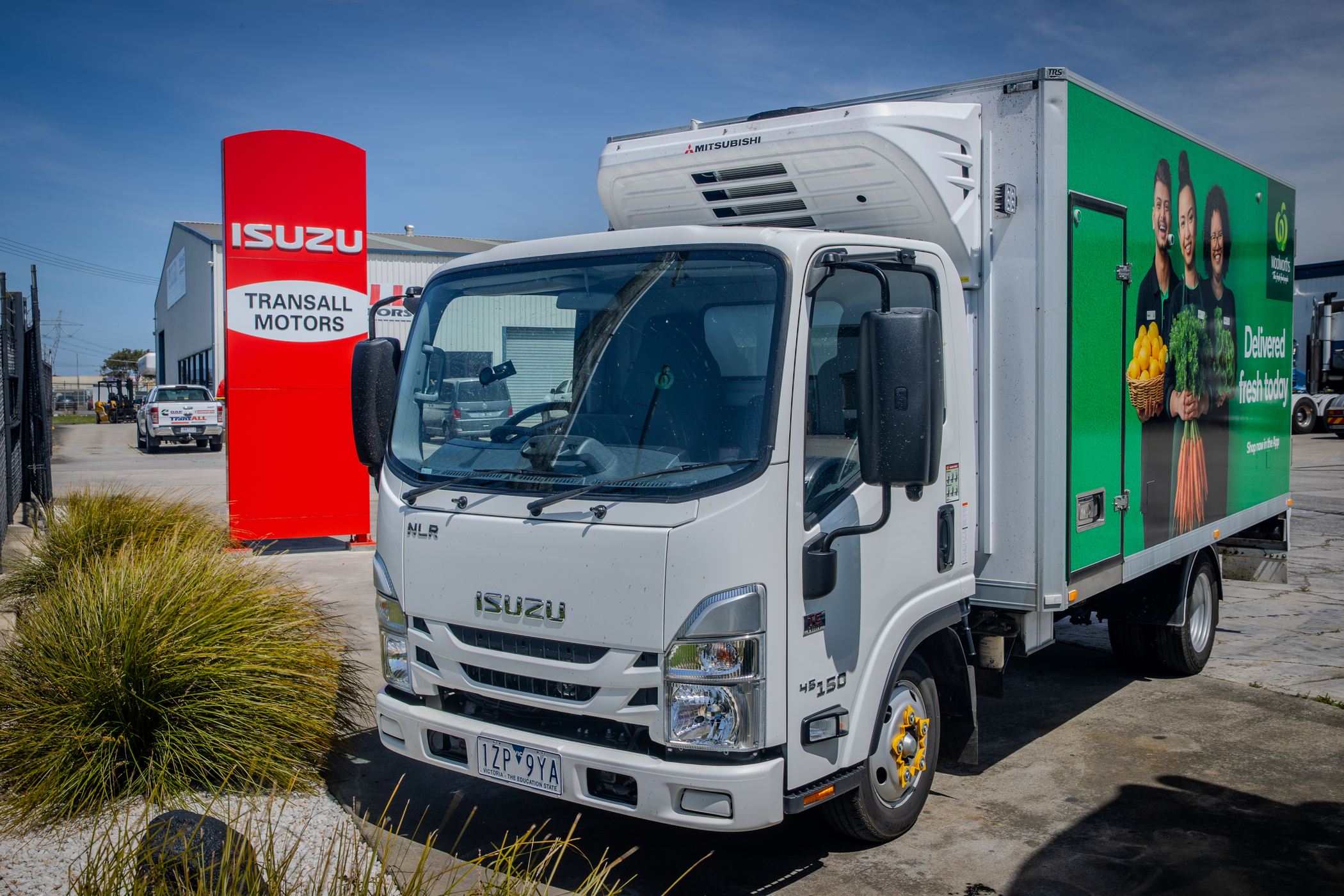UNRAVELLING THE 2023 NHVR SAFETY ACTION PLAN
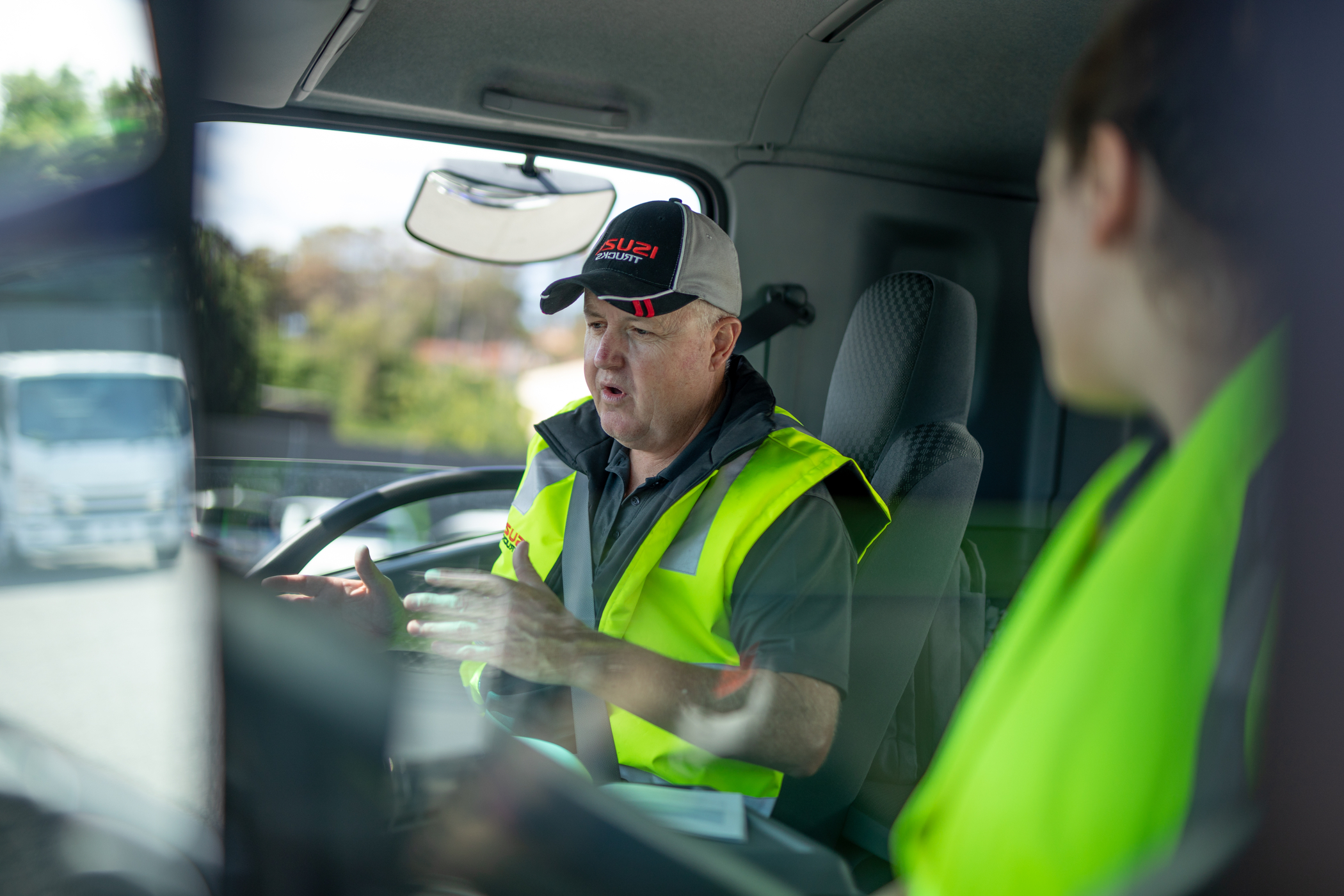
The heavy vehicle industry is one of the most important sectors in the Australian economy, a truth that was reinforced throughout the pandemic when labour shortages and supply chain issues wreaked havoc on our supermarket shelves.
It then follows that the heavy vehicle industry is one that must be carefully monitored and guided by those dedicated to the improvement of driver safety and working conditions, while still driving innovation.
The National Heavy Vehicle Regulator (NHVR) is a statutory authority and Australia’s regulator for heavy vehicles. Their sole aim is the enforcement of the Heavy Vehicle National Law (HVNL). The HVNL applies in all Australia's states and territories except the Northern Territory and Western Australia.
Within the remit of HVNL are six states and territories, encompassing…
- 112,600 registered prime movers
- 1 million registered heavy vehicles
- 269,000 registered operators
- 495 road managers
ACTION STATIONS
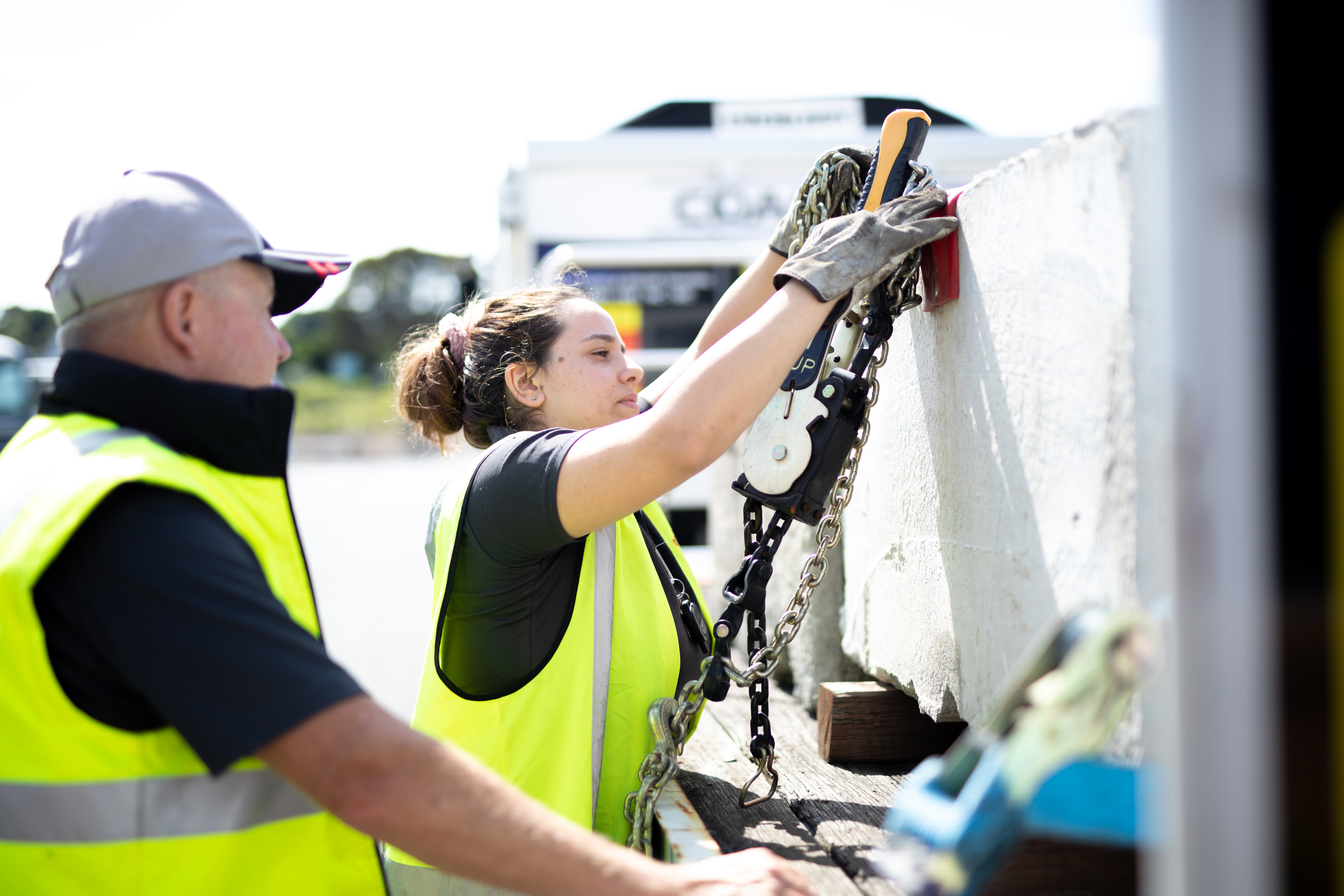
In February of this year, the NHVR released it’s 2023 Action Plan.
The plan supports the delivery of the NHVR’s Heavy Vehicle Safety Strategy 2021-25, which outlines the regulator’s ambitions for achieving better heavy vehicle safety outcomes and reducing the number and seriousness of crashes involving heavy vehicles.
It’s broken into five overarching actions, divided further into deliverables that feed into the overall framework.
In this blog, we’ll provide a snapshot of the broader action plan and get into what it means for those in the broader trucking and logistics industry.
Action 1: Delivering safer and tailored fatigue risk management outcomes
The bulk of this action is built around the Advanced Fatigue Management (AFM) program. This action deals with plans to publish AFM work and rest schedules to make it easier for operators to access safer fatigue benefits. The NHVR will also recognise the use of Fatigue and Distraction Detection Technology for operators and provide guidance for their use. They will also be sharing safety insights and working with industry and technology providers to improve access to this information.
Action 2: Empowering industry to better manage safety in their business
As part of the second action, the NHVR plans to digitise more of its material. We will see more of a focus on sharing compliance information throughout the industry and more attention given to self-monitoring and self-correction. To coincide with this, they will also develop targeted advice to assist the industry to comply with the HVNL and work with the industry to draft and release sector specific industry codes of practice.
Action 3: Delivering tailored regulatory interventions to drive positive safety change

As the first step in this action there are plans to print and make available the NHVR regulatory Intervention Strategy, outlining approaches to influencing positive safety behavioural change. There will be a focus in this action on increasing education of Primary Duty requirements in hard-to-reach sectors of the industry.
With a clear emphasis on risk avoidance, the NHVR will be targeting high risk on-road activities and working to help curb these behaviours. Proposals to continue to roll-out the ‘Don’t #uck with a Truck’ campaign have been slated, aimed at L and P plate drivers. The production of educational material for car drivers about how to share the road safely with heavy vehicle drivers is also a priority.
Action 4: Influencing the regulatory framework to promote the adoption of safer, cleaner, and more efficient vehicles and technologies
The NHVR will continue their work across the industry and with government to improve the regulatory framework of Euro VI and alternative fuel vehicles. They plan to work with early adopters of future fuel vehicles to trial and implement these early-gen vehicles in fleets nationwide. Through this action they intend to improve their own compliance with the Commonwealth Safer Freight Vehicle reforms.
Going forward they will be providing fleet purchasing guidance in the hopes of increasing uptake of vehicle safety and environmental technology.
Action 5: Providing input into government policy decisions that affect the safety and productivity of the heavy vehicle industry.
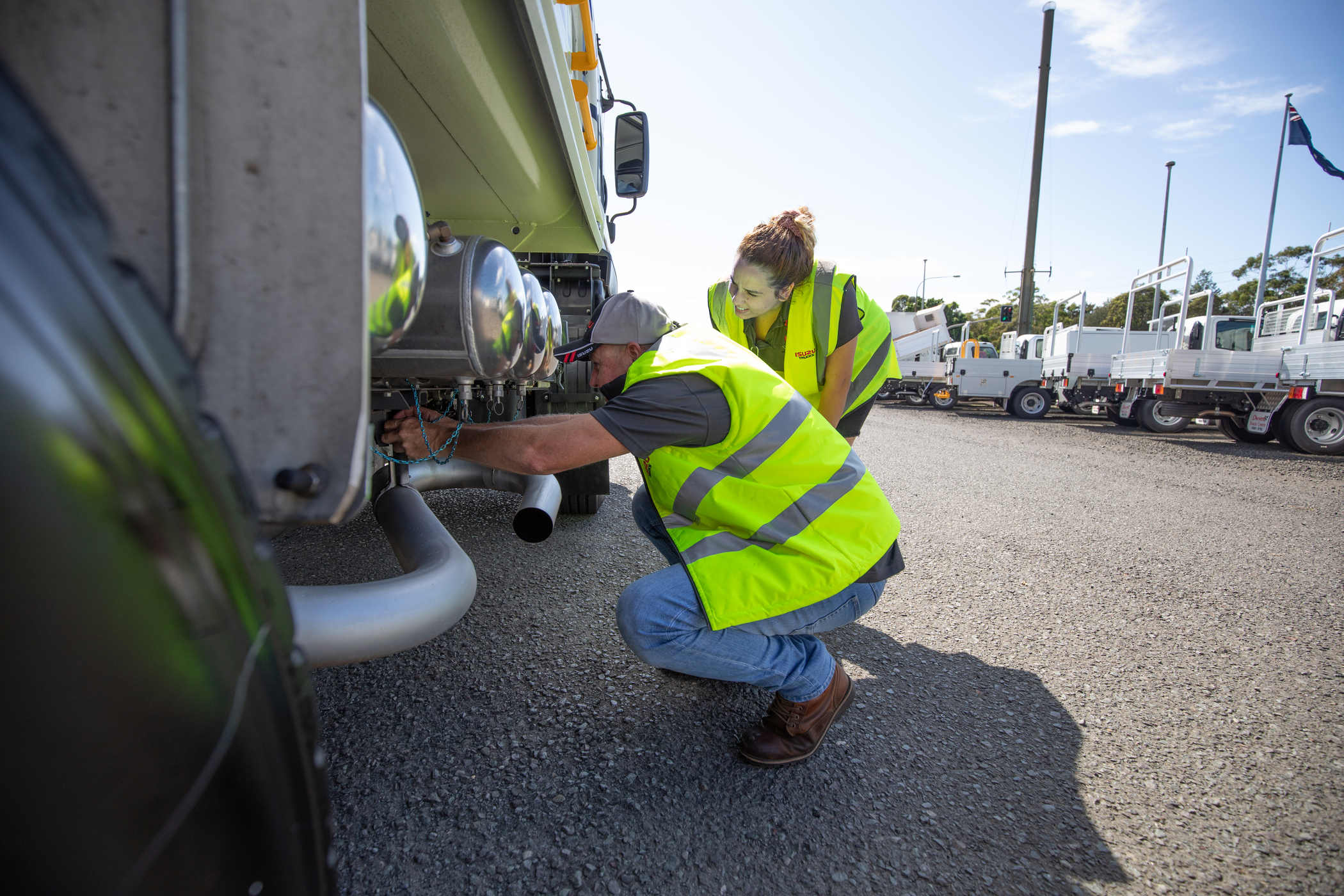
With this final action, the NHVR will deliver an online information hub to provide advice and guidance to local governments to help them to improve in their roles as road managers. A big change will be the introduction of a very welcome single enforceable heavy vehicle network map to better support industry in planning safe and compliant journeys.
There are plans to release the first stage of the Asset Rapid Assessment Tool (ARAT) in the NHVR portal and use data from the portal to support informed investments in infrastructure such as fatigue rest areas.
Overall, the NHVR will be working proactively with local and state governments to ensure that the transport and logistics industry are safer, better regulated and easier than ever to become a part of. As with many other sectors, the trucking and logistics industry is experiencing a labour shortage causing issues along the supply chain. The work being done by the NHVR endeavours to create a fair and prosperous industry and one that will continue to draw talent from all walks of life.
If you’re interested in the trucking industry at large, check this out for some fascinating developments.


The all-new Isuzu truck range is about to arrive.
Register your interest and we'll keep you in the loop with the latest updates.
Learn More
